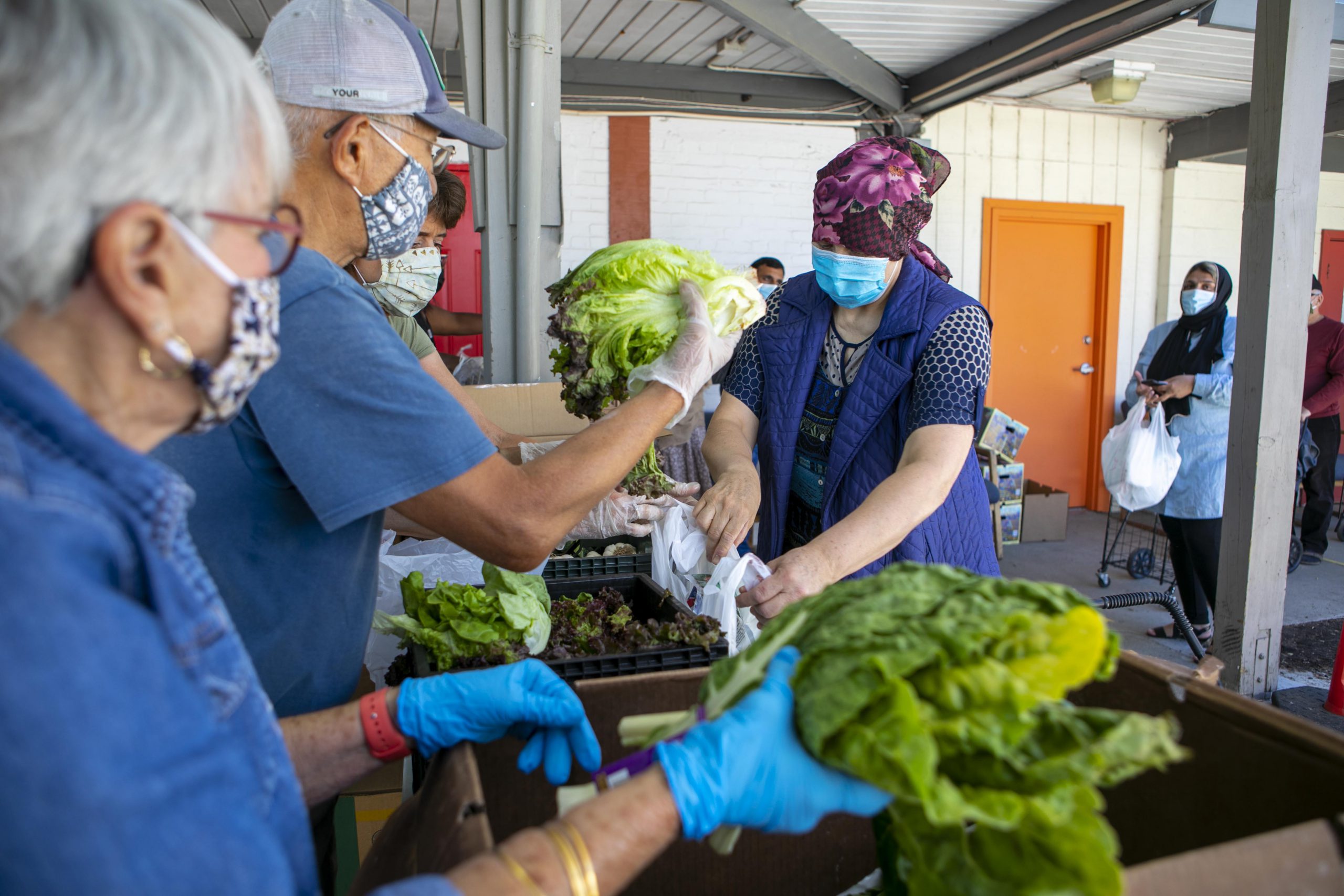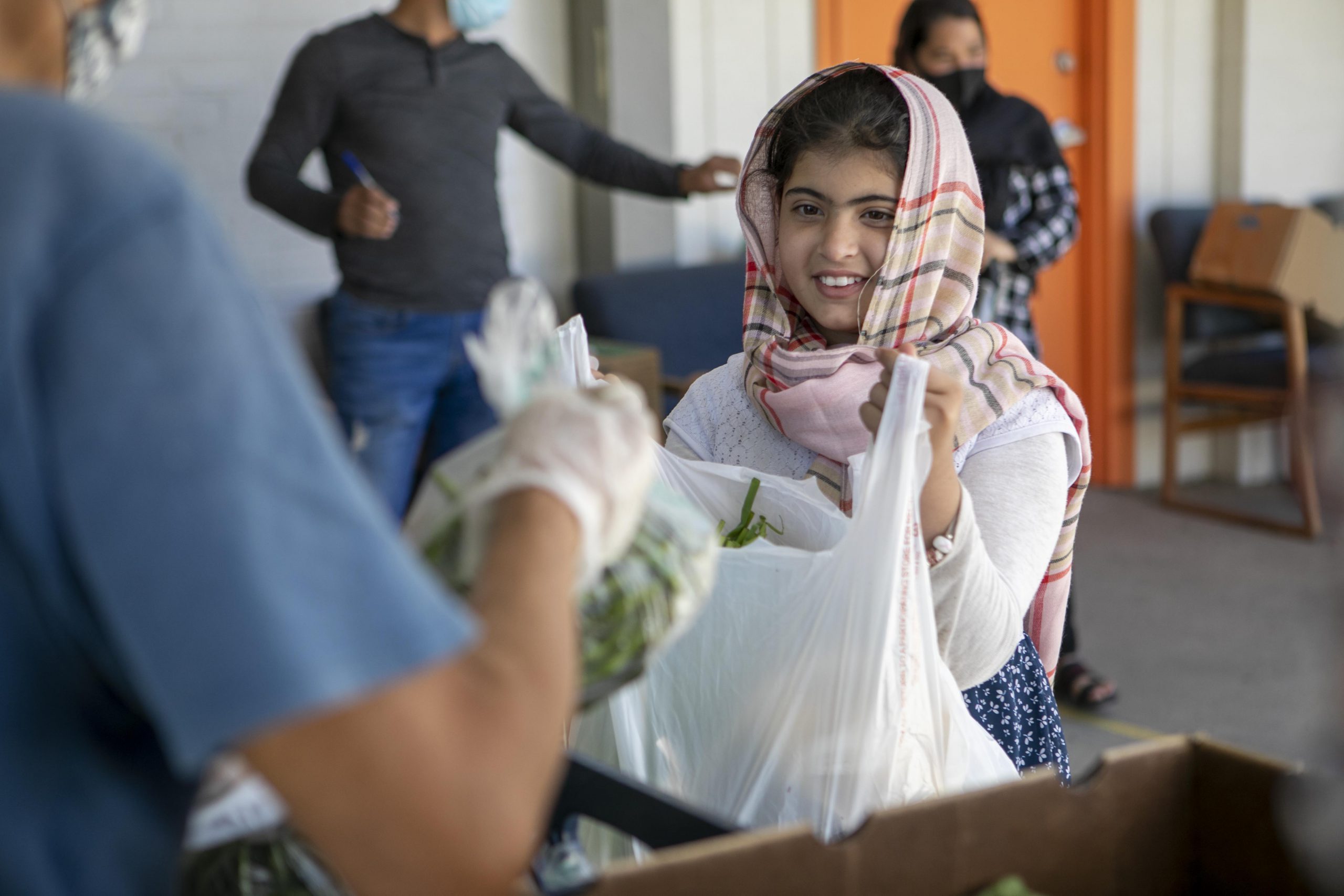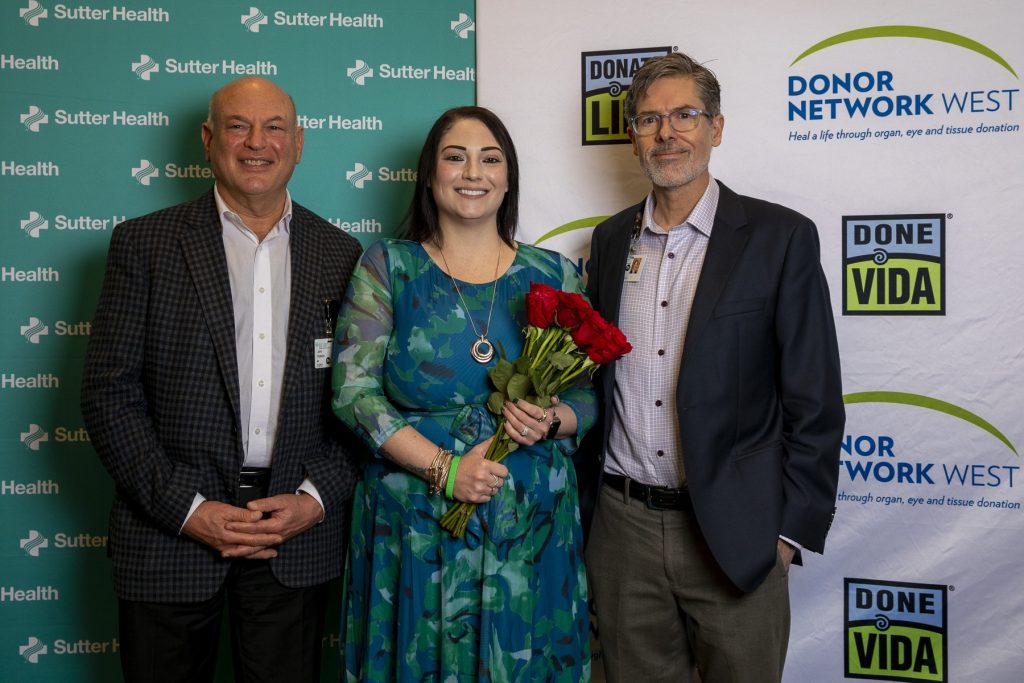Food banks provided record numbers of meals and groceries in 2020 as people and families grappled with the arrival of the novel coronavirus and the economic impacts that resulted. And, like COVID-19, the huge number of people needing food assistance has persisted in 2021.
Food banks remain a critical stopgap for those who need a bag of groceries or their next nutritious meal. To keep up with the ongoing demand, food banks rely on generous giving. And not just during the holidays.
For food banks, the need is always in season.
How did we get here?
“Many communities continue to be deeply impacted by the economic crisis caused by the pandemic,” said Erika Fatula, director of fund development at River City Food Bank in Greater Sacramento. “Families are experiencing unemployment and economic hardship. It has even plunged some families into deeper poverty. For others, it has forced them to seek food assistance for the very first time.”
This year, food banks say their need for food, donations and volunteers has not slowed but mirrors the influx they saw in 2020.
Organizations like Sacramento-based Sutter Health are stepping up to help. The integrated healthcare delivery system says it is proud to give to more than 30 food banks across Northern California, and in communities in Utah, Oregon and Hawaii where it provides services.
“As a not-for-profit organization, Sutter Health fulfills its mission to improve the health of our communities, inside and outside the walls of our care facilities, through community benefit investments that meet the most pressing needs of the people we serve,” said Grace Davis, vice president and chief public affairs officer at Sutter Health.
How does one become food insecure?

Photo courtesy River City Food Bank in Sacramento | 2021
Myriad factors play into food insecurity rates, with unemployment and poverty chief among them. These are difficult times for many. The U.S. inflation rate has soared, bottlenecks are hampering the global supply chain, and in California unemployment is hovering at 7.5 percent. Even filling up a 12-gallon gas tank in the Golden State will set a person back an average of more than $50.
“The financial implications of this crisis are far from over, and we don’t expect the number of families who need our help to return to pre-COVID levels anytime soon, if ever. That is why, the continued support of our partners is critical,” said Leslie Bacho, CEO of Second Harvest of Silicon Valley.
Neighbors in Need
Hunger doesn’t affect just one type of person or group of people. From seniors to kids, to minorities and indigenous groups, to those living in rural communities or urban centers, getting food from a food bank or food assistance program may be the difference between whether a person eats or not.
According to Bindi Gandhi, a Sutter Health director of community health, “Sutter’s annual investment to support food banks aligns with priority areas identified in Sutter Health’s tri-annual Community Health Needs Assessment.”
Gandhi shares that a key focus area of many communities’ CHNA is active living, healthy eating and reducing food insecurity.
“One way that Sutter helps keep communities healthy is by supporting local food banks across Northern California to help improve access to nutrition for underserved communities,” said Gandhi.
To find a food bank near you, go to the California Association of Food Banks at https://www.cafoodbanks.org/our-members/.





